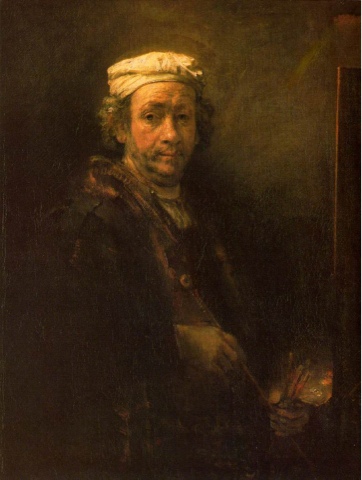I went by the National Portrait Gallery yesterday, while out for Chinese New Year celebrations in Trafalgar Square; we thought we'd have a warm up and take in some paintings. One of my favourite periods of English history is the Tudor (and thereabouts) largely because I have studied it in some detail. Meandering through the second floor, we encountered busts of Queen Victoria, large paintings of period families, etc, and then came upon the room of Tudors. It was really startling to be confronted with the actual paintings that make up the images that have become so familiar in books and other media. One that really stood out was the painting of King Henry VIII - it is toward the end of his life. We see the layers of identity; the clothing and jewels of kingship, the regal, lush fabrics and gold necklaces. This is what he wants us to see, what he presents to the world. Next, we see his skin; only the face, fleshy from rich diet, another symbol of his wealth and power, and by extension that of his nation. But when we look at the eyes, we see something else. This unknown painter has succeeded in capturing a clarity, a vulnerability in his eyes, which seems to imply a falsity of the preceeding layers. Having read my history, I know of the paranoia from which Henry suffered - worries about contracting The Plague, not having an heir, losing his kingdom. . . each of these seem to glimmer behind the facade of the exterior.
Of course, looking back, knowing what happened (or at least what has been recorded) we can see this. But I wonder what was perceived at the time? Could his subjects see the vulnerability? Clearly the painter was able to pierce through the exterior and see this, so that we can have it today.
Of course, looking back, knowing what happened (or at least what has been recorded) we can see this. But I wonder what was perceived at the time? Could his subjects see the vulnerability? Clearly the painter was able to pierce through the exterior and see this, so that we can have it today.


